How to Minimize Cycling Recovery Time After Long Rides
Wish you could skip the sore muscles after a hard ride? Discover how to feel better faster so you can get back out on the road, enjoying what you love most.
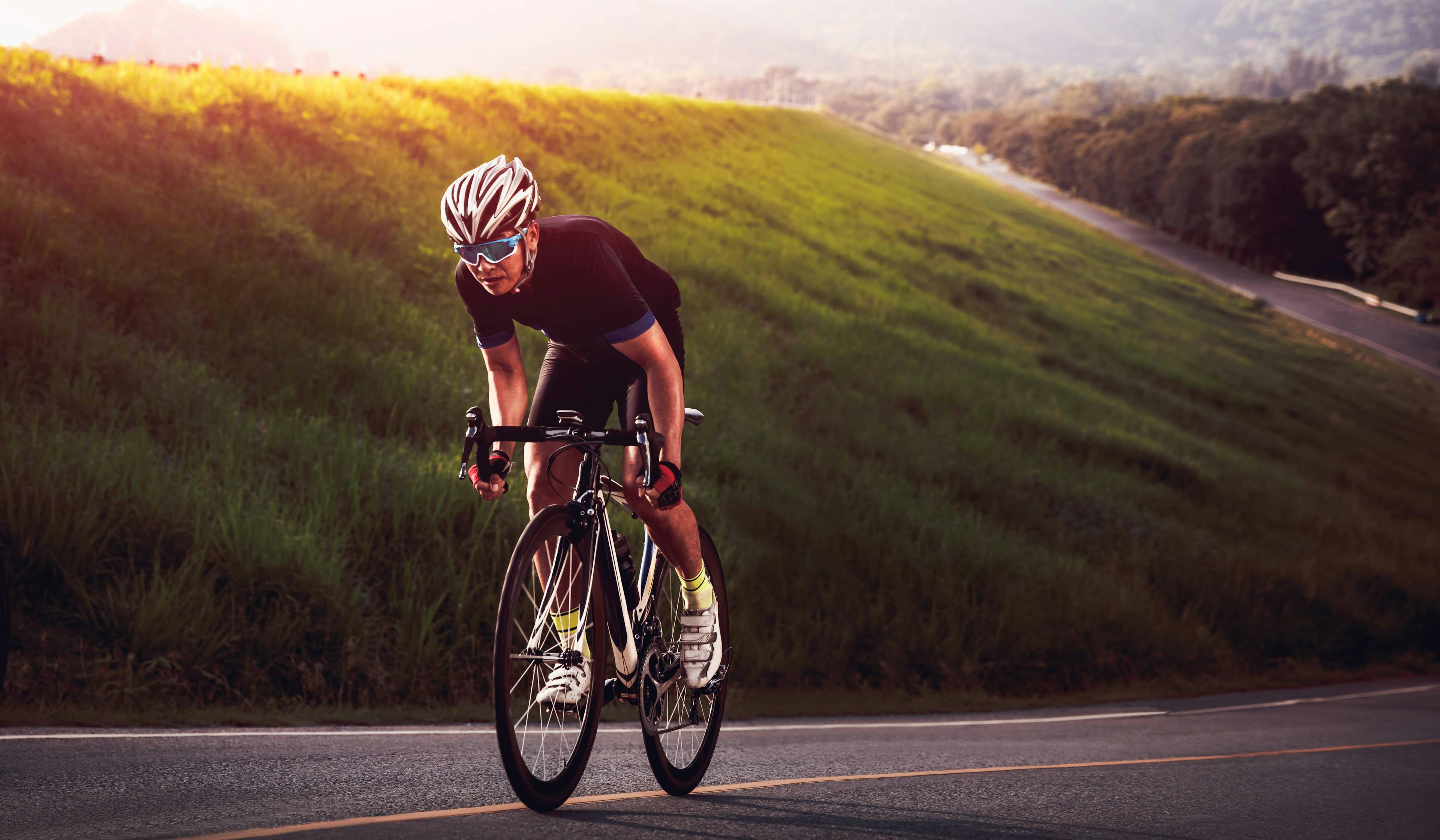
Do you love going for long rides, but you hate the days following? While there’s no magic bullet for completely eliminating sore muscles after a hard ride, it is possible to minimize cycling recovery times. The following tips can help you feel better faster so you can get back out on the road, enjoying what you love most.
8 Recovery Strategies for Cyclists
1. Take a Cool Down Walk
Research has shown a full-blown cooldown has little to no effect on the reduction of soreness after a strenuous workout. However, it can have a substantial effect on your brain function. “A cool-down has been shown to prevent venous pooling after exercise,” or the buildup of blood in the veins, says Andrea Fradkin, an associate professor of exercise science at Bloomsburg University in Pennsylvania.
All that’s needed is a few minutes of light walking. This will help restore normal circulation and blood flow to your brain.
2. Show Your Stomach Some Love
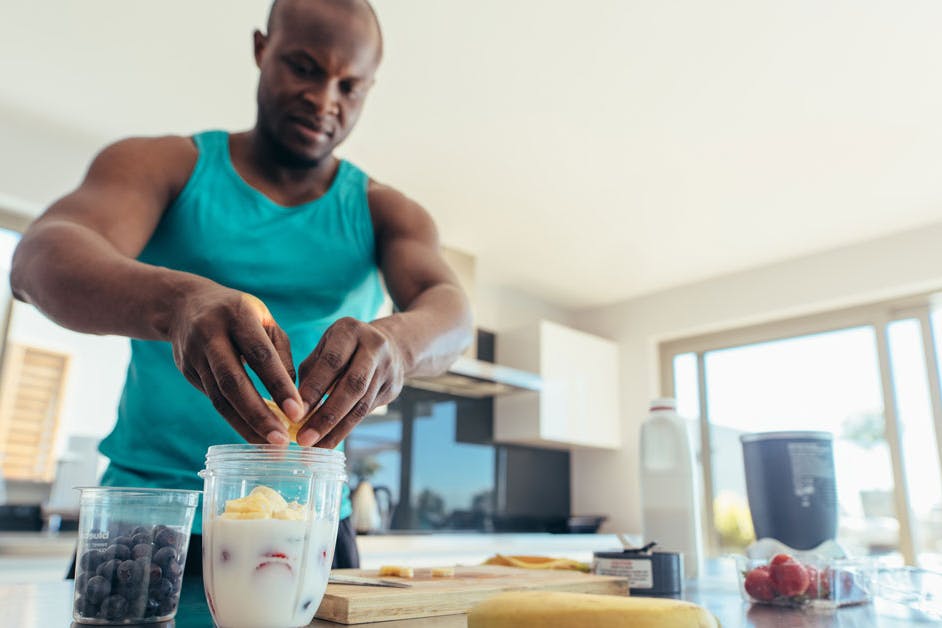
Eating can be the last thing you want after a hard workout, especially if it requires a lot of work. Prepping your food can help simplify things, making it easier to refuel.
While riding, you burn glycogen (found in carbohydrates), fat, and protein to fuel your body. The harder and longer you ride, the more fuel your body is going to burn. After a ride, when you’re in cycling recovery mode, your body is going to keep burning calories.
If you don’t have the necessary fuel in your stomach, your body will find those calories elsewhere – like your muscles. This is why what you eat immediately following a long bike ride is an essential part of the recovery process.
A mix of protein and carbs is often ideal. In 2011, the South African Journal of Sports Medicine evaluated how protein affected athletes post-exercise. The study revealed that, “The addition of protein to a post-exercise meal may supply additional amino acids necessary for muscle repair creating an anabolic condition.”
3. Drink LOTS of Water
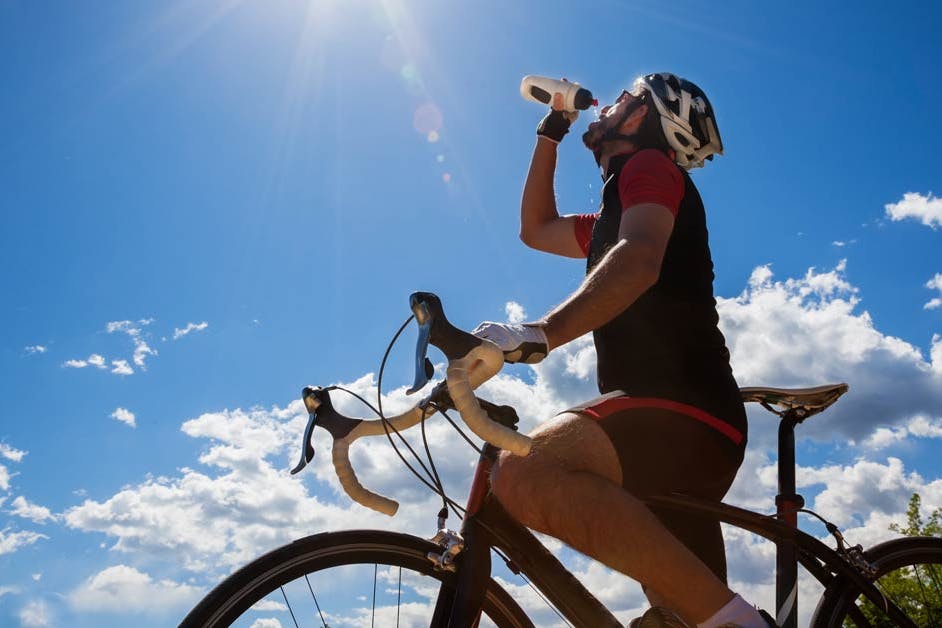
Make sure to drink lots of water while you're riding and after.
A 2005 study published in the Journal of Athletic Training, ‘Dehydration and Symptoms of Delayed-Onset Muscle Soreness in Hyperthermic Males’ showed a direct correlation between recovery soreness and dehydration.
Furthermore, Medicine and Science in Sports and Exercise found in 2007 that losing just 2% of your body mass in water reduced performance by as must as 28.6%! This is why you want to make sure you’re not only hydrated before your ride, but that you replenish your body after. One of the best ways to make sure you’re getting enough water is to weigh yourself before and after your ride. Use the weight you lost as a minimum starting point for how much water you should drink.
4. Sleep
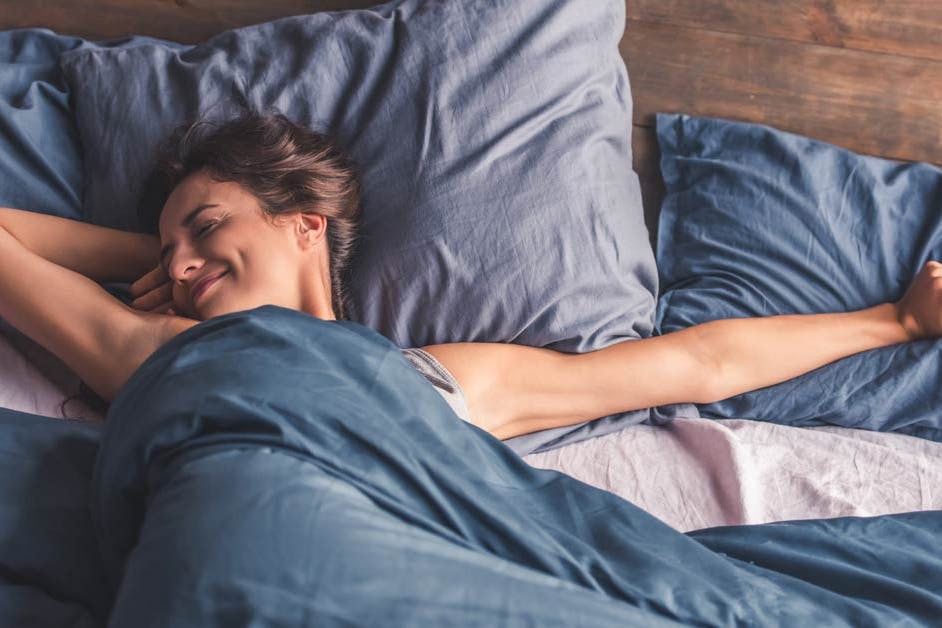
Sleep doesn't make you weak. It gives your body the chance to repair.
Sleep is not for the weak. It’s essential to your recovery. While there’s something to be said for the ‘work hard – play hard’ mentality, make sure you also give yourself enough time to get in plenty of zzz’s after a hard ride.
As you review your cycling recovery strategies, this might mean going to bed a little earlier. It could be you show up a bit late to brunch. Or maybe you need to schedule a half-day at work so you can really let your body rest.
Take stock of how many hours of sleep you get before a big ride and after a big ride. You might be able to identify a trend as to how much sleep your body needs to perform its best and recover quickly without excessive muscle damage.
5. Practice Active Recovery
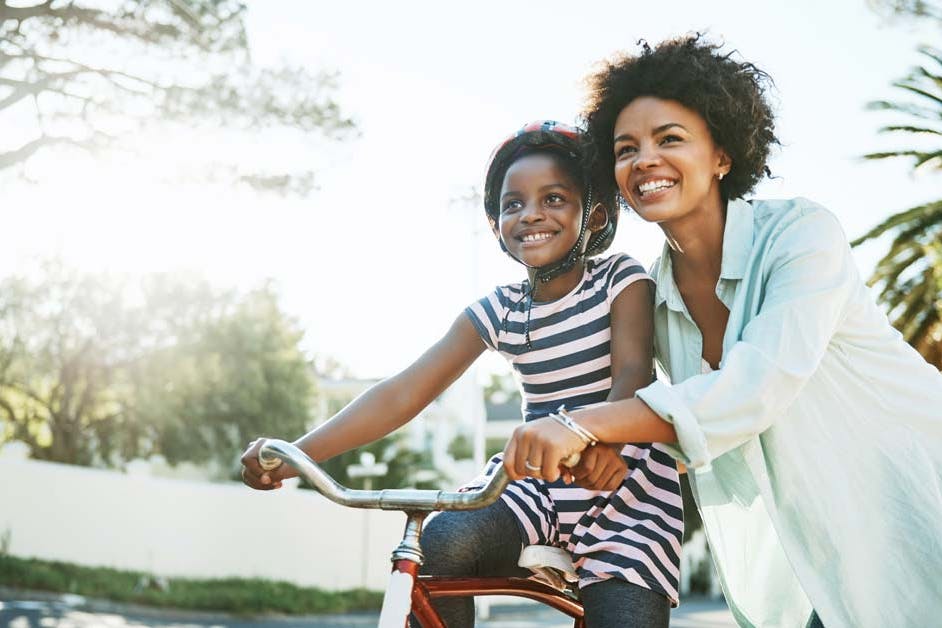
The day after a long ride you don't need to get back after it, but something low key can help keep the lactic acid from building up in your muscles.
Your lymph system is like sewage pipes. It’s full of the waste and toxins you want to expel. Unfortunately, you can’t just turn on a hose or pump and get it moving. Your lymph system is dependent on physical movement.
The day after a hard ride, you want to do something active. We’re not talking another intense hill climb or 50-mile Sonoma County excursion. Rather, take your bike on an easy ride. Go for a walk. Swim with your kids. Stroll around downtown Santa Rosa. Even a gentle spin around the block can make a world of difference.
In 2006, a study published in the British Journal of Sports Medicine found active recovery substantially enhanced the recovery time compared to passive recovery (just relaxing and not moving).
6. Massage
Massage is another exceptional way to minimize recovery time in cycling. While you want to be gentle after a hard ride, massage can be a great way to relieve sore muscles and get your lactate acid moving.
If you don’t have access to a trained massage therapist, you may find that rolling on a foam roller can substantially improve circulation and promote healing.
7. Slip on a Pair of Compression Socks
After a hard workout, your extremities, especially your feet, can have a tendency to swell. This can increase fatigue and muscle soreness. By slipping on a pair of compression socks, you can help keep this swelling to a minimum, improving blood flow and oxygen levels throughout your body.
8. Replenish Your Nutrient Levels with IV Drip Therapy
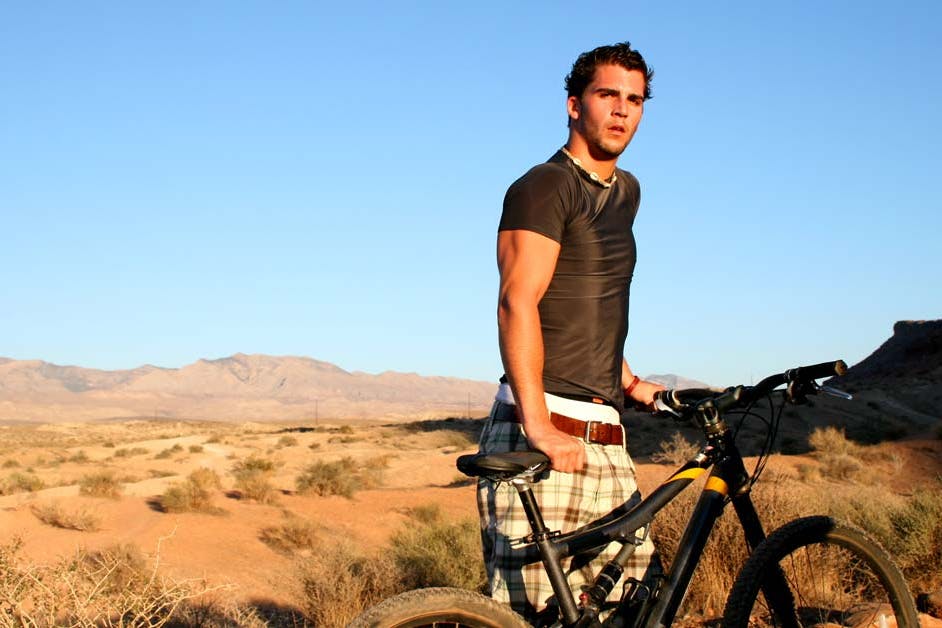
When your body is depleted, IV drip therapy can help you replenish your levels quickly.
Eating nutrient-rich foods after a workout is a fabulous, healthy step. Unfortunately, even the healthiest digestive tract is likely to only absorb 20% of the nutrients you consume orally.
IV Drip Therapy features individually mixed cocktails of the nutrients and minerals your body needs. It’s administered intravenously, meaning it goes directly into your bloodstream. By bypassing your digestive tract, you’re able to give your body what it needs, where it needs it most.



